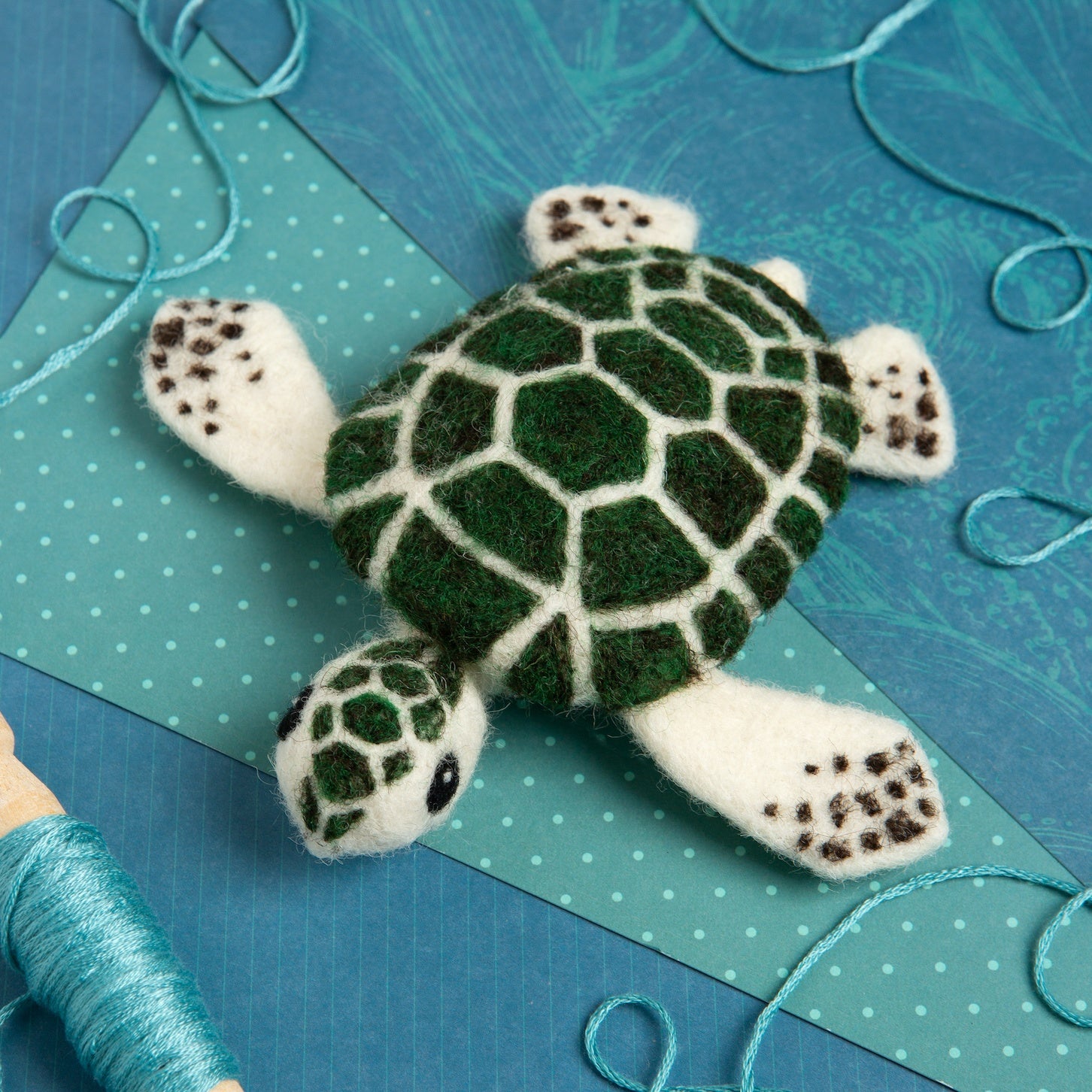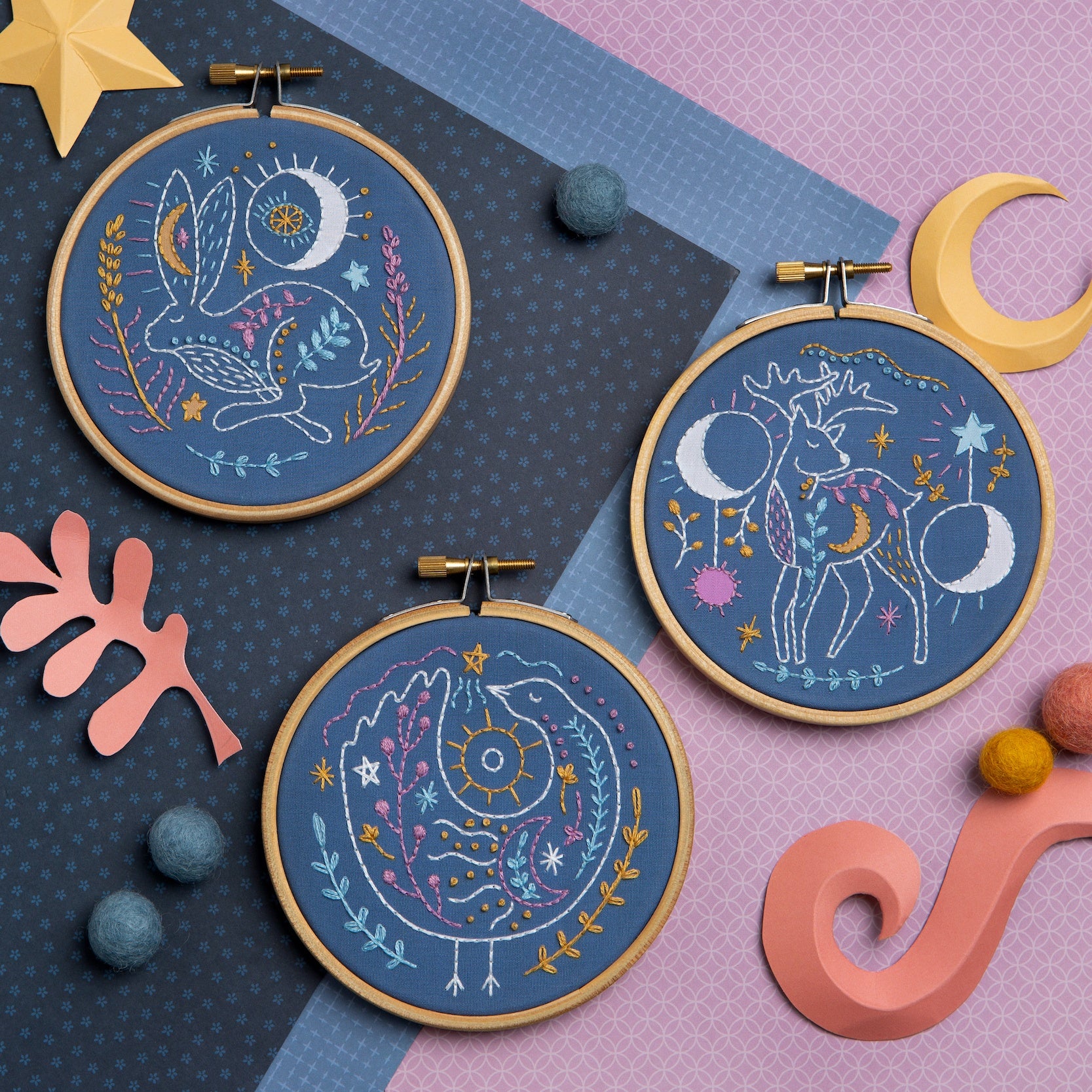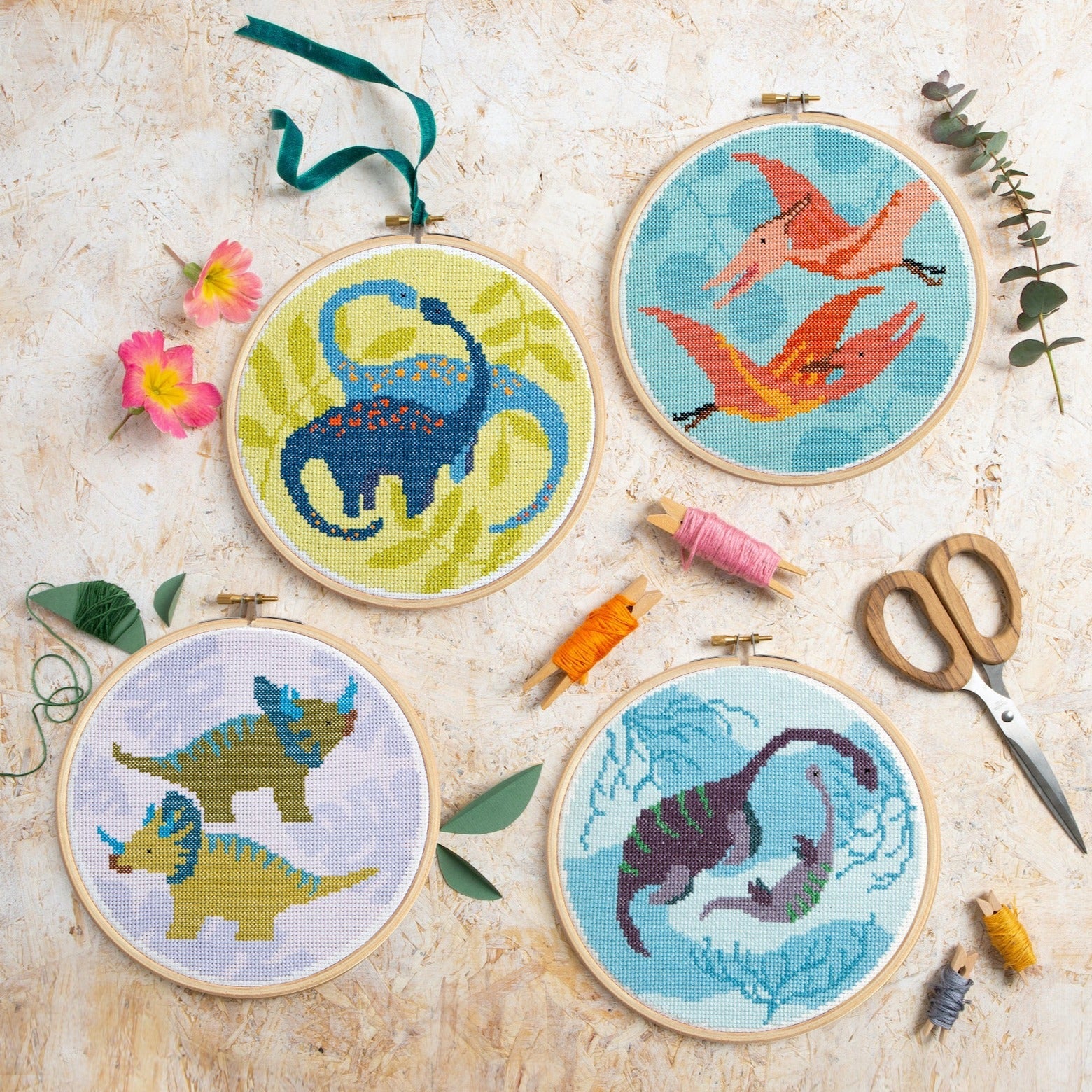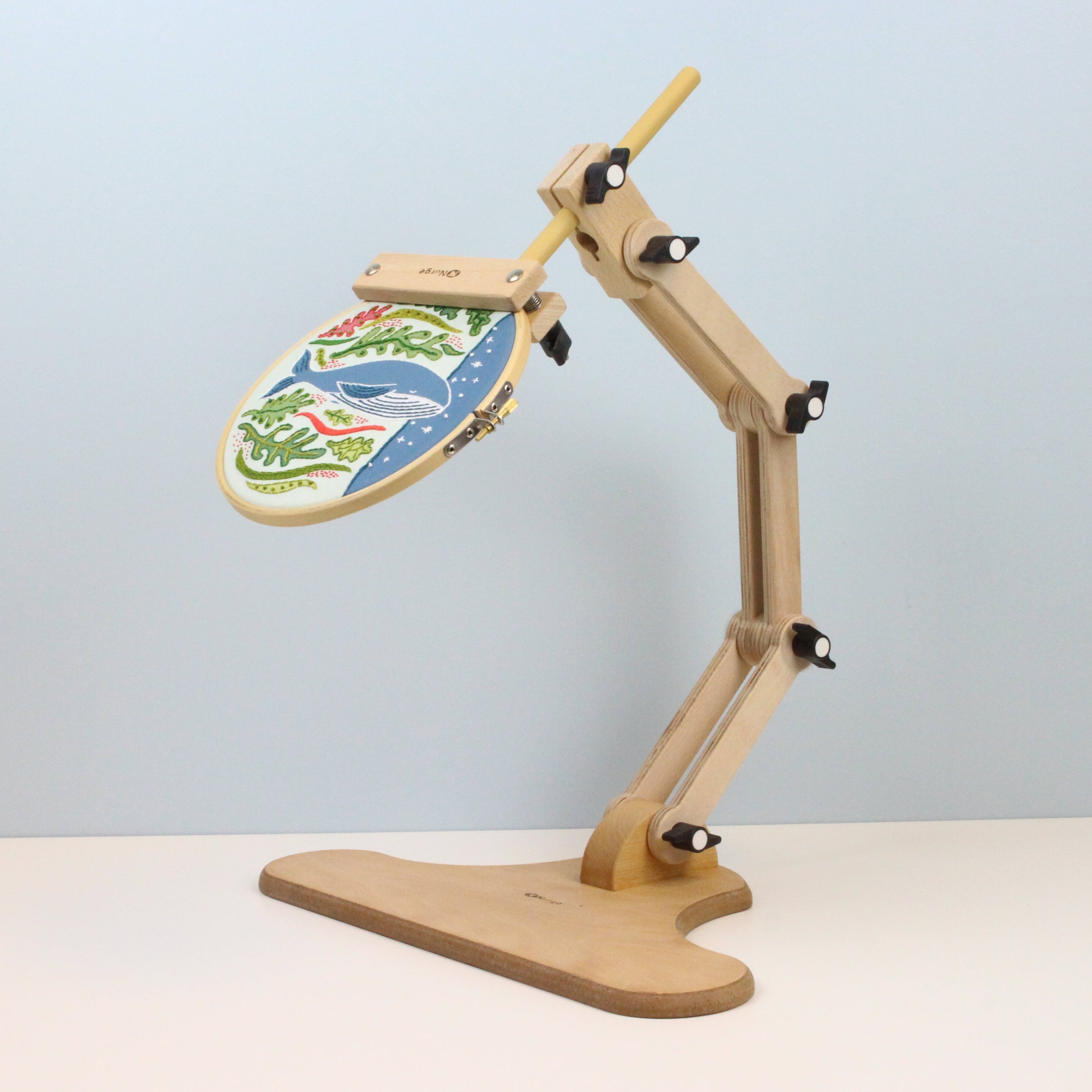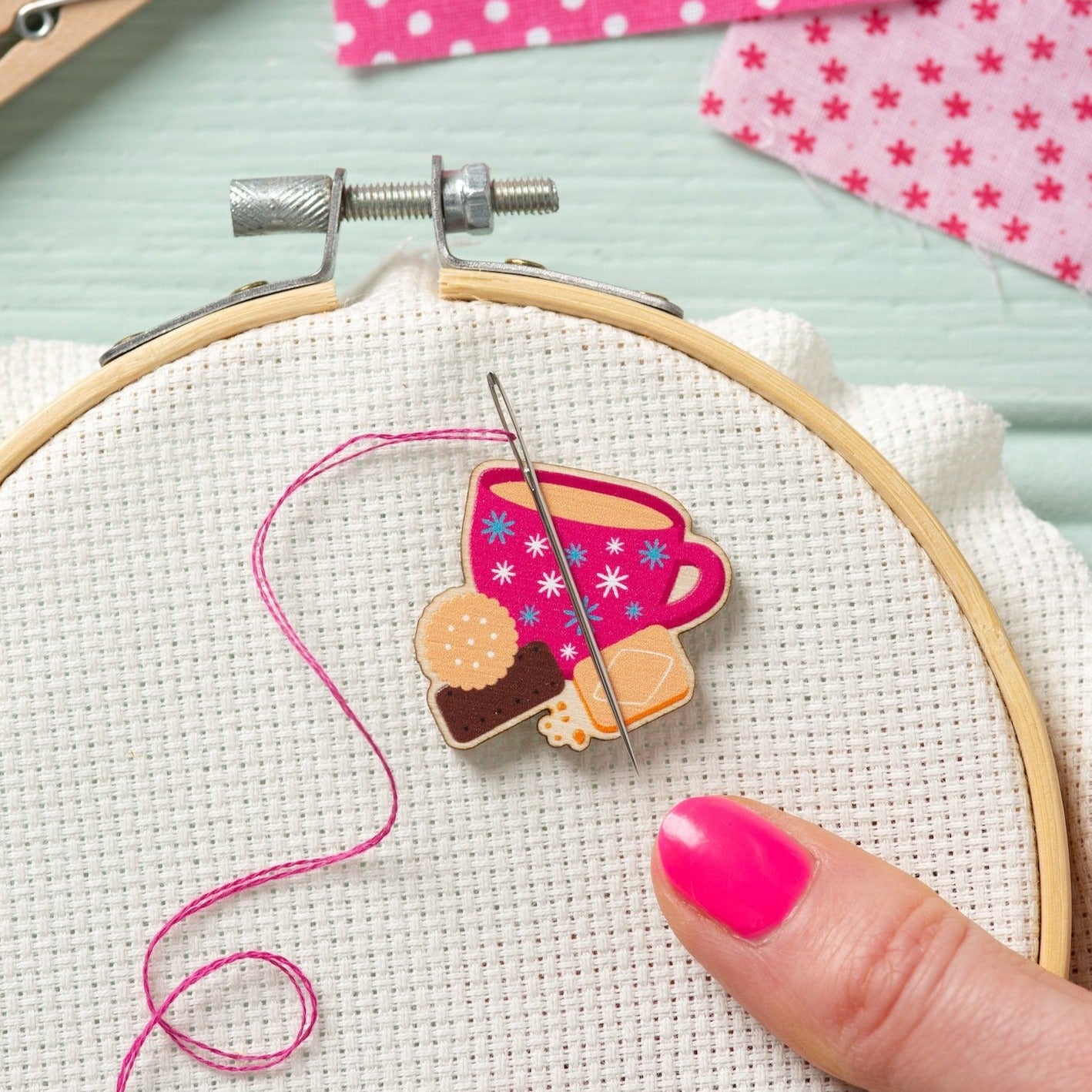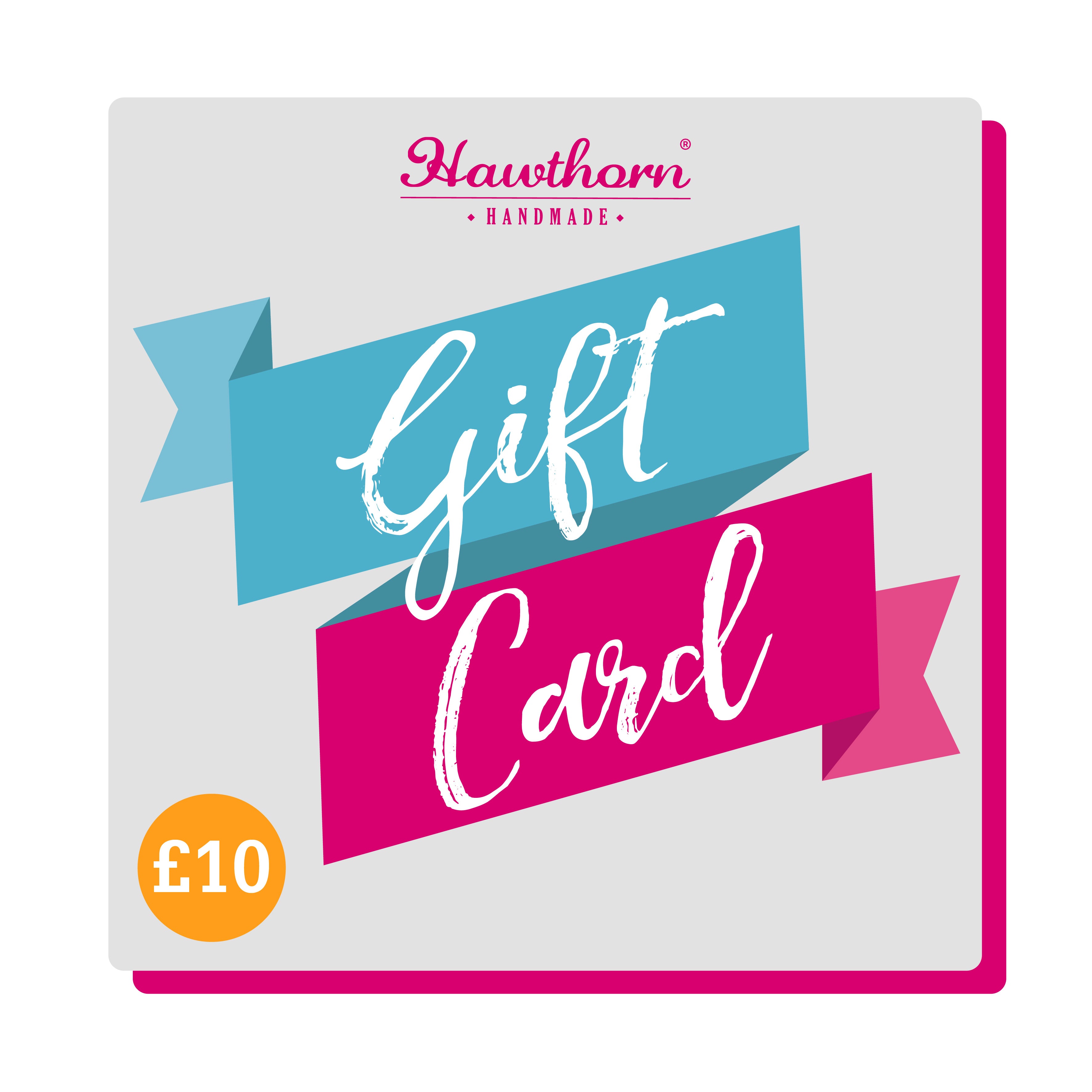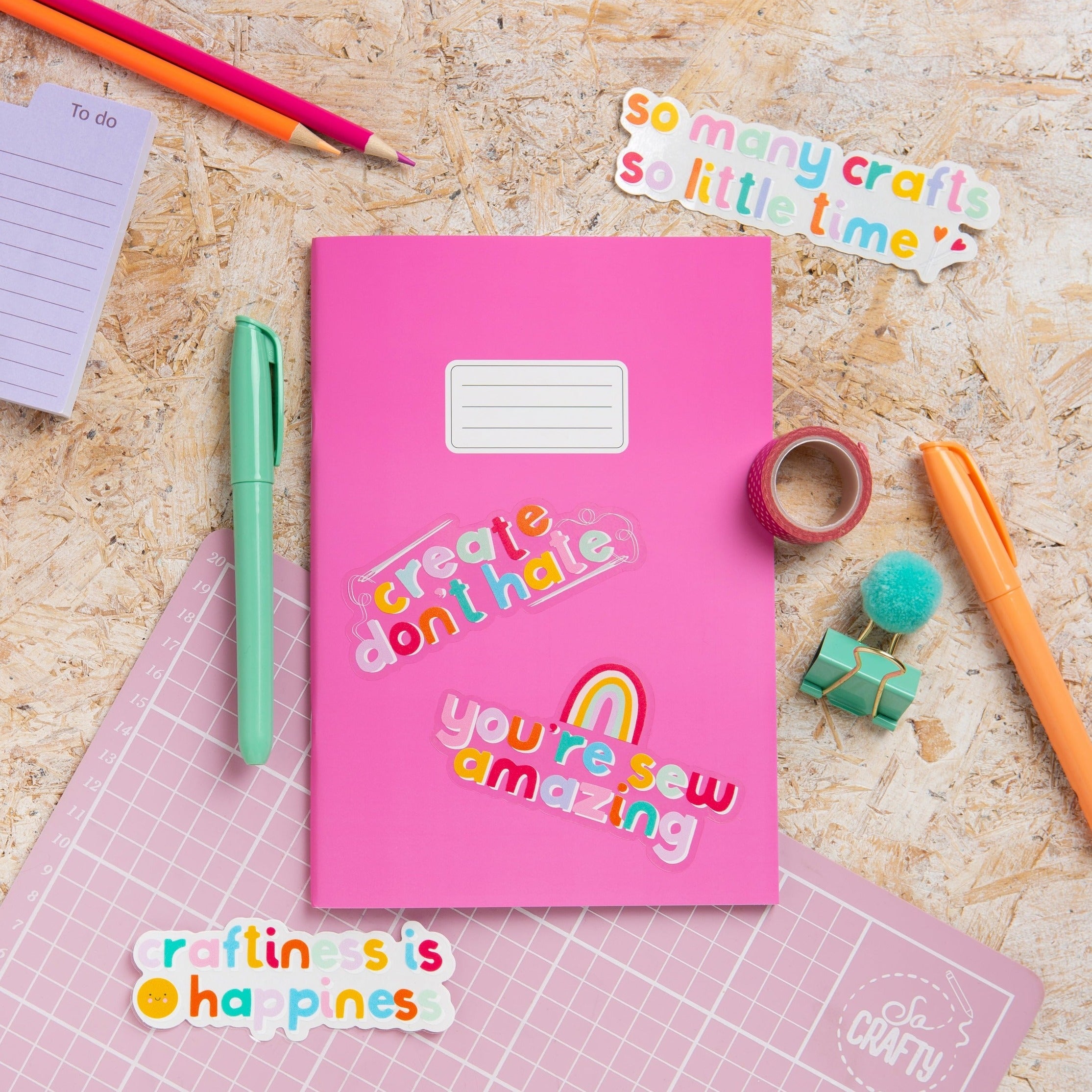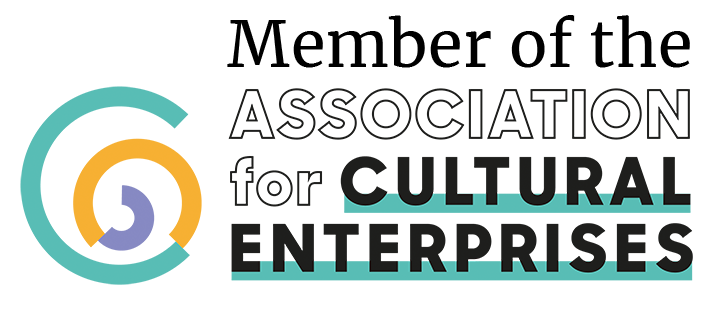Guide to Felting Needles
Felting Needles come in a wide variety of shapes and sizes which can be confusing and daunting for someone new to needle felting. Below we look at how a felting needle works and what the different sizes and shapes do. We haven’t listed every type of needle available but have focused on the most common and most useful.
Buy our favourite felting needles here
About Felting Needles
A felting needle has small barbs in the end that, when stabbed through wool, catch on the scales of the fibre and push them together. The more and more you stab, the more fibres matt together slowly turning the wool into solid felt.
Felting needles are quite delicate and can break easily if used incorrectly. Make sure you are stabbing in and out at the same angle, not twisting or bending the needle. If the needle won’t go into the wool easily, don’t force it! Either change to a finer needle, or if the piece is very hard you probably want to stop felting it to avoid over felting.
Felting Needles do go blunt over time, and much quicker if you’re working on wire or pipe cleaners. If pieces are taking longer to felt you probably need to change your needle.
Felting needles come in different gauges. The gauge number refers to the diameter of the needle. The higher the number, the finer the needle so a 40 gauge needle is finer than a 36 gauge.
Different needles come with varying numbers of barbs. The more barbs, the quicker the felting but less barbs will give you more accuracy with fine detail work.
Imagine using felting needles like you would sandpaper. Start off with a bigger, quicker needle for bulk work and shaping, and move on to a slower but finer needle for surface and detail work.
Triangular Felting Needles - Barbs on 3 sides
32 Gauge - This is a sturdy needle good for working with course fibres and firmly attaching pieces. Not great for detail or a neat surface.
36 Gauge - A good needle for making the bulk of a 3D piece and again, attaching pieces well. Not good for any detail work.
38 Gauge - A good all rounder needle good for doing bulk work and adding some detail. Good for sculpting with but not so good for course fibres.
40 Gauge - A fine needle for detail work and getting a neat surface. Best not to use it when working with course fibres or for rough sculpting/bulk work.
42 Gauge - An even finer needle generally reserved for adding fine hair, tiny wisps of wool etc.
Star Felting Needles - Barbs on 4 sides
36 Gauge - This is good for quick firm felting, for using with courser wools and for joining pieces together.
38 Gauge - Similar to the 36 Star but also good for slightly finer work and finer wools. This is a great all round needle which works well for doing bulk sculpting work and adding detail and is therefore the needle we have in our kits.
Spiral Felting Needles - Barbs that twist around the needle
38 and 40 Gauge - The barbs on these needles twist around the end. This makes them felt quickly and gives a neat finish minimising the surface holes you can get with other needles. They are less good for doing bulk sculpting work.
Reverse Felting Needles
The barbs on these needle go the other way, pulling the fibres out rather than pushing them in. This is useful to create a fluffy finish on a well felted piece.

